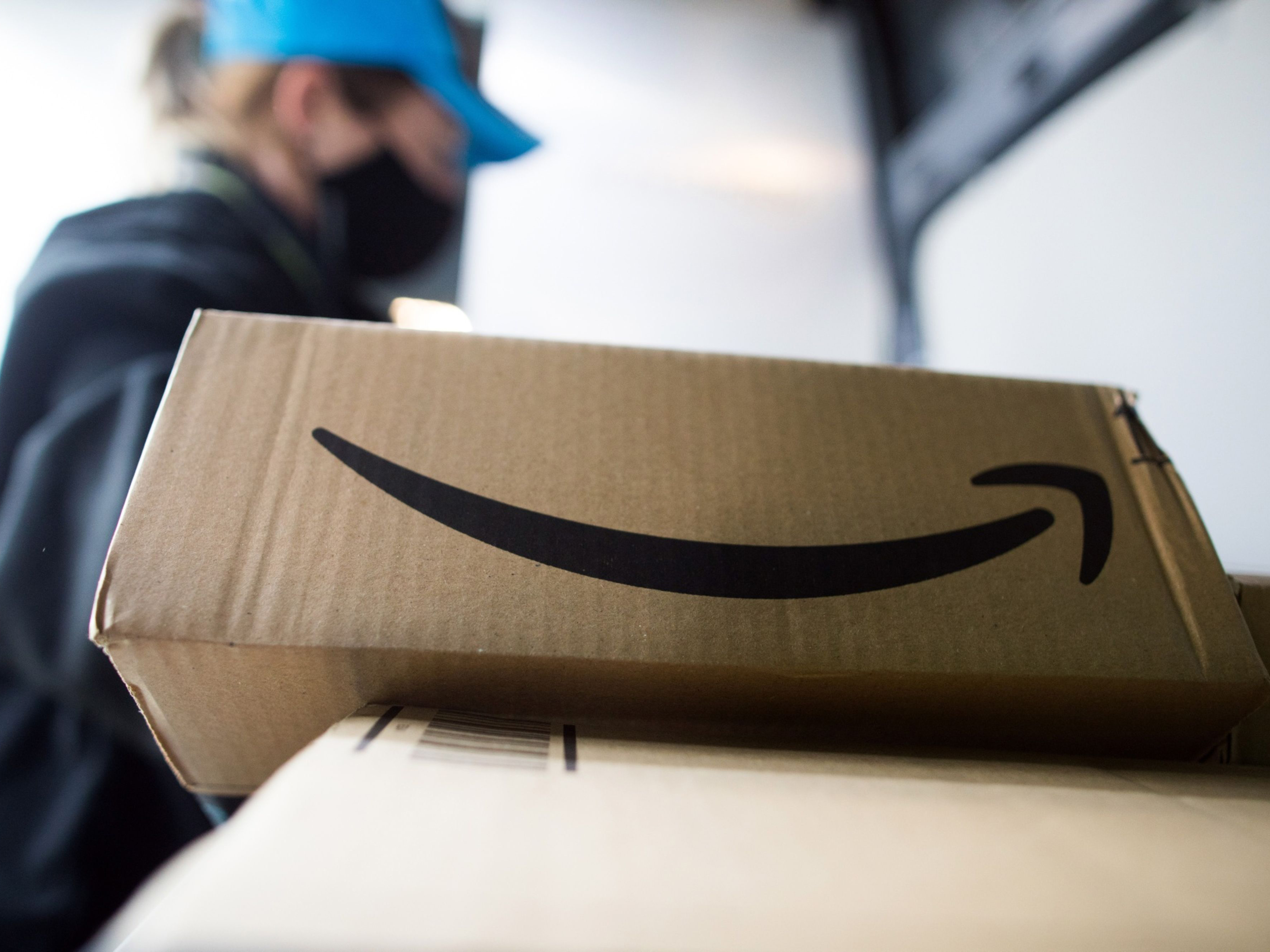
Which portion of an e-commerce delivery has the bigger impact on carbon emissions — the first mile, or the last?
The answer, as you might expect, is complicated. It’s the last mile that’s getting all the attention these days, linked as it is to ever-increasing customer demands for rapid delivery of orders. Urban congestion, coupled with the inefficiency of transporting a single package to a buyer’s doorstep within a day or even hours of ordering, raises all kinds of environmental red flags. But for smaller e-tailers, that first mile — whereby product moves from manufacturer to warehouse to await customer orders — can be every bit as carbon intensive.
That’s because the smaller seller lacks the scale of an Amazon.com or Walmart, which can realize unit economies through the sheer volume of their fulfillment networks. That said, the last mile “is where you start seeing a higher intensity of carbon emissions,” says Dennis Oates, chief logistics officer of Sendle, a carbon-neutral delivery service.
In the end, though, puzzling over which stage of e-commerce fulfillment is less green misses the larger question: How do we make the entire supply chain 100% carbon neutral? And a key answer in all cases is electrification of vehicles.
All-electric cars are gaining traction for personal use. Tesla racked up its first full year of profits in 2020, coming out $721 million in the black on $31.5 billion in sales, and other major carmakers are rapidly shifting their models to electric or hybrid power. On the commercial side, FedEx has pledged that its entire pickup and delivery fleet will be made up of zero-emission electric vehicles by 2040; UPS ordered 10,000 electric vans last year and has promised to double that number by 2024; DHL last year launched four battery-run tractor-trailer rigs in the U.S., part of a company-wide goal of net-zero emissions by 2050, and Amazon has announced that its trucks will be fueled by 80% renewable energy by 2024, and 100% by 2030.
In both the passenger and commercial segments of the market, the transition to electric has been slowed by a shortage of charging stations and other facilities for supporting such vehicles. That state of affairs is changing rapidly. “Once that infrastructure is put in place, and it becomes economically feasible, is when we’ll start seeing an acceleration of the impact [of electric trucks],” says Oates.
There is, of course, a substantial upfront cost in switching to electric power. Increasingly, however, delivery services will have no choice but to make the move, driven by a growing awareness by business and consumers alike of the environmental impact of burning fossil fuels.
“Many are realizing that it’s the right thing to do,” says Oates. “We’re beginning to see the threshold of capital investment that companies are willing to put forth, as opposed to just playing around from a P.R. standpoint.”
Independent operators will likely have the toughest time affording the new technology. Many have already spent huge amounts of money acquiring more fuel-efficient tractors in order to meet tough environmental standards by federal, state and local governments, and would be loath to scrap those units prematurely. And the operating margins for an owner-operator are already perilously thin. But with the growing market for electric vehicles, Oates believes, unit prices will begin to drop. “Once you start getting into the playing field where the total cost of ownership is level, it becomes a pretty easy decision at that point.”
The solution to a zero-emission logistics network doesn’t stop with electrification. Oates says service providers also need to be focusing on operational efficiency. They should be making use of a wealth of available data on network and truck utilization, to minimize empty or under-loaded hauls. “Understanding how you do your routing, so that you can schedule the right number of trucks, definitely will play into this,” says Oates.
At the same time, manufacturers and merchandisers can reduce the cube of shipments by shrinking the size of packaging, making it possible to get more product into a truck. There’s been some progress toward that end in recent years by Amazon and others, but too many packages arrive at customers’ doorsteps in boxes that are far larger than the product within. E-commerce shipments today still consist of too much air, boosting both carbon emissions and the cost of shipping.
Finally, there’s the option of carbon offsets. Sendle makes extensive use of that technique, asking its customers to vote on which environmental remediation projects the company should fund.
Can carriers and shippers meet their ambitious goals for a carbon-neutral future? Oates says it will take years to achieve. In the meantime, there are definite steps that can be taken. “We can make a short-term impact with offsets, be more efficient with the fleets we have, and in the longer horizon swap out carbon-based vehicles,” he says.







